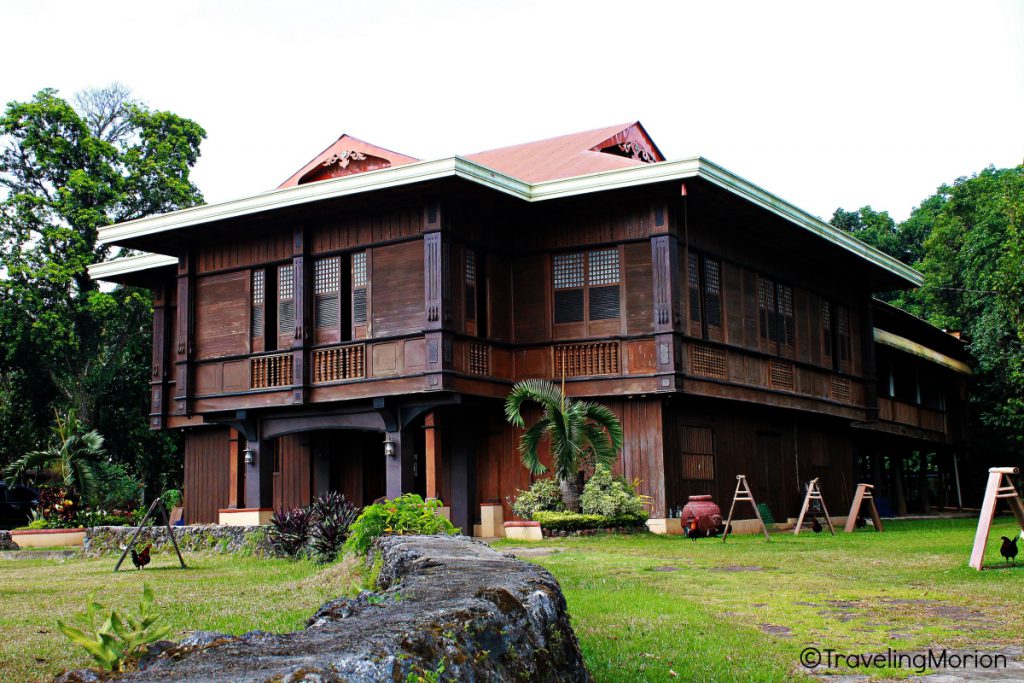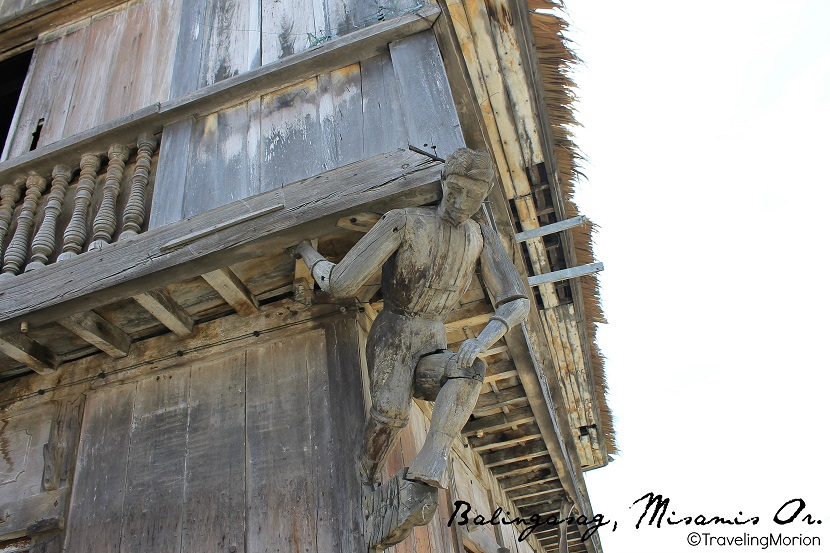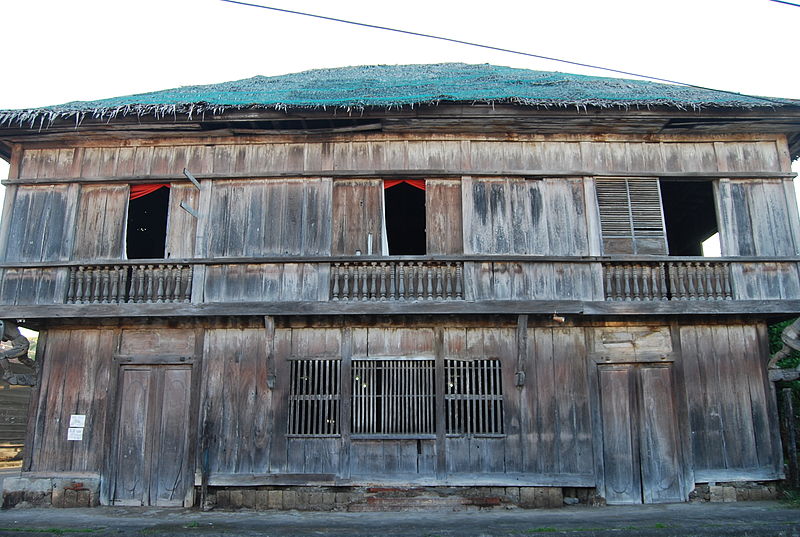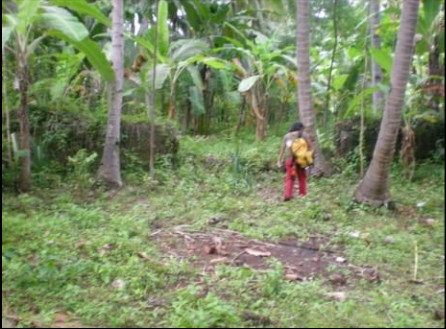
(Source)
| Website: | no website found |
| Facebook: | no page found |
| Email: | no email found |
| Landline: | no number found |
| Mobile: | no number found |
| Municipal: | Balingoan |
| Barangay: | Baukbauk |
| Address: | no street address found |
| GPS Location: | approx. |
| Add. Info: | none |

(Source)
| Website: | no website found |
| Facebook: | no page found |
| Email: | no email found |
| Landline: | no number found |
| Mobile: | no number found |
| Municipal: | Balingoan |
| Barangay: | Baukbauk |
| Address: | no street address found |
| GPS Location: | approx. |
| Add. Info: | none |
| Website: | no website found |
| Facebook: | no page found |
| Landline: | no number found |
| Mobile: | no number found |
| Municipal: | Sugbongcogon |
| Barangay: | Santa Cruz |
| Address: | no street address found |
| Email: | no email found |

Lagbas Ancestral Home was built by Don Benedicto Lagbas, established in 1920’s.
 (Source)
(Source)
The interior of this house is amazing.






(Source)
In November, 1917 a certain Benedicto Lagbas, with some of his trusted lieutenants come to this place from Cebu (Sugbo). He found the place good for settlement. He converted some people from Camiguin, Cebu and some towns in Misamis Oriental to settle with him in the newly found abode. The place was found to have many cogon grass growing dominantly all over the area and the founder who came from Cebu of which the Cebuanos called it in their dialect as “SUGBO” and “cogon” . . . Sugbo ng cogon in one full name Sugbongcogon.
| Website: | no website found |
| Facebook: | no page found |
| Email: | no email found |
| Landline: | no number found |
| Mobile: | no number found |
| City/Municipal: | Sugbongcogon |
| Barangay: | Poblacion |
| Address: | B. Lagbas Street |
| Google Map: | Lagbas Ancestral House |
 An Archaeological open site has been identified in Barangay Baliwagan,particularly at the abandoned Santa Filomena church ruins constructed in 1960. The site is recorded as Filomena Open Site where a small number of earthenware sherds and tradeware sherds were recovered. It has a geographic coordinates of 8°43’13” north latitude and 124°46’98” east longitude (Longitude wrong!!) with an elevation of 12 masl. (Source)
An Archaeological open site has been identified in Barangay Baliwagan,particularly at the abandoned Santa Filomena church ruins constructed in 1960. The site is recorded as Filomena Open Site where a small number of earthenware sherds and tradeware sherds were recovered. It has a geographic coordinates of 8°43’13” north latitude and 124°46’98” east longitude (Longitude wrong!!) with an elevation of 12 masl. (Source)
Damaged by storm.
Santa Filomena Statue in Baliwagan, Balingasag (PDF-file)
| Website: | no website found |
| Facebook: | no page found |
| Email: | no email found |
| Landline: | no number found |
| Mobile: | no number found |
| Municipal: | Balingasag |
| Barangay: | Baliwagan |
| Address: | no street address found |
| Google Map: | Santa Filomena Church Ruins approx. location |

Construction of the brick church (Sta. Rita de Cascia Church) is said to have started in 1892 by the Jesuits and finished in 1895 at the present location as the original wooden church near the coast was eventually destroyed by an encroaching sea. The lower level is made of bricks while the upper level made of wood. Two wooden belfries stood at the sides and three altars were installed.
During World War II, the guerrillas hastily burned the church because Japanese soldiers were stationed there. After the war, only the stone structure was left standing. (Source)
Blog about…
THE OLD BRICK CHURCH OF BALINGASAG:
Its Loss and Reconstruction
by “OldBulletsBiker”
| Website: | no website found |
| Facebook: | no page found |
| Email: | no email found |
| Landline: | no number found |
| Mobile: | no number found |
| Municipal: | Balingasag |
| Barangay: | Brgy. 3 |
| Address: | Tres Martines Street |
| Google Map: | Old Brick Wall |



According to the locals, it was build around 200 years ago and made primarily of one of the Philippines’ strongest molave tree. The design of the house is common of the 18th and 19th century houses but one thing that makes this unique and notable are the sculpted wooden men on the four outside corners of the house which looks like carrying the second floor. (Source)





(Source)
The Vega House is known as the Oldest Ancestral House found in the Municipality of Balingasag, Misamis Oriental.
What’s the most interesting fact about this ancestral home is the sculpted wooden man supporting the second floor structures that will make you feel nostalgic about vintage memoirs.
According to the town folks, this ancestral house belongs to the family of the late Maria Clara Vega Jimenez, the mother of movie personality “Inday Badiday” and Philippine Daily Inquirer Editor-In-Chief Letty Jimenez Magsanoc. (Source)
| Website: | no page found |
| Facebook: | no page found |
| Email: | no email found |
| Landline: | no number found |
| Mobile: | no number found |
| City/Municipal: | Balingasag |
| Barangay: | Brgy. 5 |
| Address: | Rizal Street / Regalado Street |
| Google Map: | The Vega House |




The ruins are located on top of the hill overlooking Macajalar Bay with an average elevation of 52 masl. The area is locally known as
Karaang Jasaan (Old Jasaan).
It was believed that this was the original settlement of the people in Jasaan before they transferred to the present location in Barangay Poblacion. The site is a complex Spanish structure composed of a church (single nave with courtyard), belfry, and another ruin located in the eastern side of the church. The church has a dimension of 50 m x 46 m. Its courtyard is 14 m x 15 m. The belfry has a hexagonal shape located nine meters from the northern side of the church entrance. The separate ruins found 52 m east of the church is recorded as X-Ruins. The X-Ruins has an L-formation with measuring 12 m x 9 m x 14 m. (Source)
| Website: | no page found |
| Facebook: | no page found |
| Email: | no email found |
| Landline: | no number found |
| Mobile: | no number found |
| City/Municipal: | Jasaan |
| Barangay: | Aplaya |
| Address: | Sitio Cota |
| Google Map: | Karaang Jasaan (Church Ruins) approx. |
Kota na Bato (fort made of stone), former name was ‚Baluarte‛. This ruins are located beside the Cagayan de Oro – Butuan National Road and inside the property of Carmen Zayas. The ruins have a concave formation made of coral stones. The wall has an approximate thickness of one meter. (Source)
The kota
With the arrival of Muslim scholars from nearby Indonesia, the native Filipinos were introduced to the concept of the Kota or fort. The Muslim Filipinos of the south built strong fortresses called kota or moong to protect their communities. Usually, many of the occupants of these kotas are entire families rather than just warriors. Lords often had their own kotas to assert their right to rule, it served not only as a military installation but as a palace for the local Lord. (Source)
See also Karaang Jasaan
| Website: | no page found |
| Facebook: | no page found |
| Email: | no email found |
| Landline: | no number found |
| Mobile: | no number found |
| City/Municipal: | Jasaan |
| Barangay: | Aplaya |
| Address: | Cagayan-Butuan Hiway |
| KML File: (use in Google Earth/Map Applications) | |
| The Golden Route: | 4a |
There are 5 identified tunnels in Tagoloan, which are believed to have been used during World War II.
According to the locals, these tunnels were allegedly used by the early Tagoloanons as hideouts to protect themselves from Japanese soldiers.
The 5 tunnels were recorded in Barangay Natumolan, namely:
U Tunnel, Tunnel #2, Skull Tunnel, Nanay Tunnel, and Nagangga Tunnel. (Source)
Website:
Landline:
Mobile:
Municipal: Tagoloan
Barangay: Natumolan
Address:
Email:
The Molugan Ruins is located on top of Molugan Hill. The ruin has a square formation made of corals and currently covered with vegetation and modern garbage. Initial analysis indicates that the ruins were probably used as a watchtower during the Spanish Period. (Source)
Website:
Landline:
Mobile:
Municipal: Opol
Barangay: Luyong Bonbon
Address: Molugan Hill
Email: